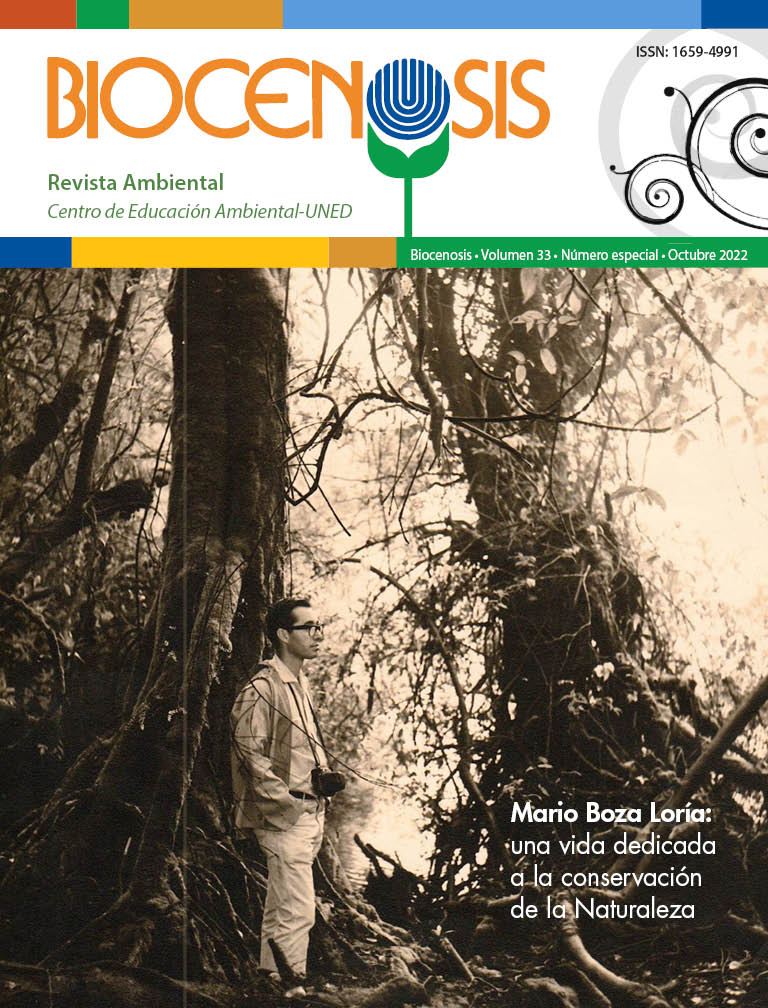Mapachín Children´s Environmental Series: Legacy of Mario Boza-Loría. Genesis, Evolution, and Impact
DOI:
https://doi.org/10.22458/rb.v33iEspecial.4381Keywords:
environmental education, environmental children's literature, critical thinking, environmental awareness, environmental Issues, environmental valuesAbstract
The article presents the development of children environmental education at the Remote State University (UNED by its Spanish initials) and illustrates how it arose from engineer Mario Boza's vision and leadership. He was the first director of the Environmental Education Program (PEA), currently the Environmental Education Center (CEA), which goal is to educate the population about the protection of wildlife conservation areas. Boza-Loria is the national pioneer in environmental education and the Mapachín Environmental Series is part of his legacy. It is a book series dedicated to the development of critical thinking, positive values, attitudes, and behavior in children regarding environmental problems. As the Series continues to expand, educational and recreative environmental workshops have been set up for children and educators around the country. The Series has more than 40 years as the only publication of its kind and has comprehensively fulfilled its mission. Moreover, the Series also represents a significant contribution to children's literature in the country and is at the forefront of environmental education for Costa Rican children.
Published
How to Cite
Issue
Section
License

This work is licensed under a Creative Commons Attribution-NonCommercial-ShareAlike 4.0 International License.
